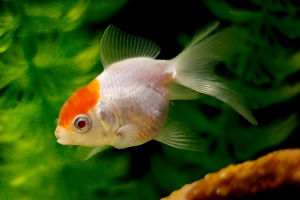The Red-crowned crane, scientifically known as Grus japonensis, is a remarkable bird that has captivated people's hearts with its regal appearance and graceful movements.
Appearance and Habitat:
The Red-crowned crane is an impressive bird, standing at about 5 feet tall and boasting a wingspan of up to 8 feet. It is primarily characterized by its striking red crown, which contrasts with its snow-white plumage.
This beautiful avian species can be found in northeastern Asia, with its main habitats encompassing wetlands, marshes, and riverine grasslands. The crane's preferred areas include the Amur River basin, the Korean Peninsula, and Hokkaido in Japan.
Behavior and Vocalization:
Red-crowned cranes are known for their elegant courtship dances, which involve intricate movements and leaps. These displays serve to attract mates and reinforce pair bonds. The courtship dance includes synchronized bows and wing flapping.
Speaking of vocalization, these cranes produce a variety of sounds, ranging from melodious bugle-like calls to trumpeting sounds that can be heard over long distances. Their unique vocal repertoire adds to the ethereal charm of their presence in their natural habitat.
Conservation Status and Cultural Significance:
The Red-crowned crane has faced numerous challenges, leading to its current status as an endangered species. Habitat loss due to urbanization, agricultural expansion, and degradation of wetlands poses a significant threat to their survival.
Additionally, climate change and pollution further compound these challenges. Recognizing the importance of preserving this magnificent bird, conservation efforts have been implemented across its range of countries.
Conservation Efforts and International Cooperation:
To safeguard the Red-crowned crane and its habitat, numerous conservation initiatives have been established. These efforts involve the collaboration of governments, international organizations, and local communities.
Protected areas and reserves have been established to provide safe havens for the cranes, along with habitat restoration projects to mitigate the effects of habitat loss.
International cooperation plays a vital role in conserving this species. Organizations like the International Crane Foundation (ICF) work closely with governments and local communities to promote awareness, conduct scientific research, and implement conservation strategies.
These efforts include monitoring crane populations, implementing captive breeding programs, and educating the public about the importance of conserving wetlands and the ecosystems they support.
The Red-crowned crane stands as a testament to the delicate balance between nature, culture, and conservation. With its regal appearance, captivating behaviors, and deep cultural significance, this magnificent bird serves as a reminder of the need to protect and preserve our natural heritage for generations to come.
By working together, we can ensure the survival of this iconic species and the ecosystems it depends upon.


